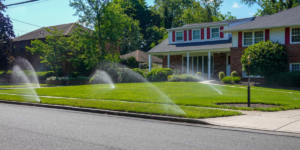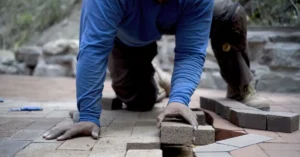Understand What Is Irrigation?
Is Your Garden Dying?
What Is Irrigation Gardening?
A Method Of Supplying Water To A Garden To Help Plants Grow
An Alternative To Traditional Sprinkler Systems
Can Be Used With A Variety Of Water Sources, Such As A Well, Lake, Or River
Benefits Of Irrigation Gardening
Reduced Water Consumption
Irrigation gardening promotes water conservation by minimizing water waste. With efficient irrigation methods like drip irrigation or targeted sprinkler systems, water goes directly to plants’ roots, reducing evaporation and runoff. This targeted approach ensures water is used more efficiently, resulting in significant water savings compared to traditional watering methods.
Improved Water Efficiency
Increased Plant Growth And Health
How To Irrigate Your Garden
Select The Appropriate Water Source
Install An Irrigation System
Plan The Irrigation Layout
Monitor Soil Moisture
Establish An Proper Irrigation Schedule
Adjust The Proper Irrigation Schedule
Ensure Proper Watering Techniques
Final Thoughts!
In conclusion, proper irrigation and watering is paramount in maintaining a healthy landscape garden. It ensures that plants receive adequate moisture for growth, helps conserve water resources, and promotes sustainable gardening practices. The benefits are manifold by implementing efficient irrigation techniques, such as targeted watering and water-saving systems like drip irrigation.
Additionally, Proper Irrigation supports the sustainability of gardens by minimizing water consumption and reducing the environmental impact associated with excessive water use.
Mahnoor Murtaza is the Content Writer, who has beed writing content for the HALSCO website since 2022. She’s been involved in content writing since 2022 and specializes in English Literature & linguistics. She has worked with us on several projects to create web content and blogs/articles.





